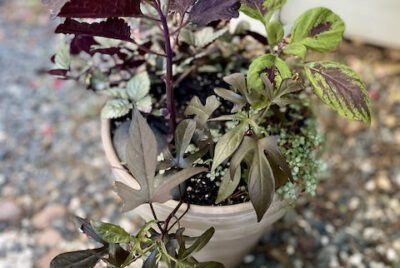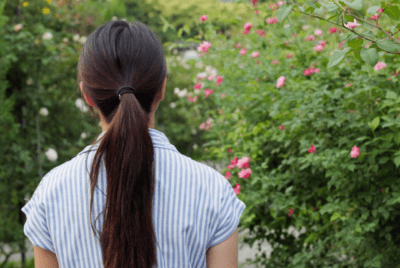RESEARCH
An Analysis on the Preference of Early Childhood Teachers in Horticultural Activities Based on Conjoint Analysis
Summary
This study explored early childhood teachers’ preferences for different aspects of horticultural activities, which are increasingly used in early education. Researchers used a method called conjoint analysis to determine what teachers value most when incorporating gardening or plant-related projects into their curriculum. They identified five key attributes of these activities: the method (exclusive or integrated with other subjects), the type of plant (fruits, vegetables, or flowers), the activity format (large/small group, free choice, or outdoor play), the location (indoor or outdoor), and the duration (30 or 30-60 minutes). The researchers surveyed 257 early childhood teachers, presenting them with various combinations of these attributes to gauge their preferences.
The results indicated that teachers placed the highest importance on the type of plant used in the activity. They favored activities that focused on vegetable crops, followed by fruit and then floricultural crops. Teachers also preferred activities conducted in small groups, indoors, and lasting about 30 minutes, delivered as a stand-alone lesson rather than integrated with other subjects. This information can help guide the development of horticultural programs that are more appealing and effective for early childhood educators, potentially leading to increased adoption and better learning experiences for preschoolers.







